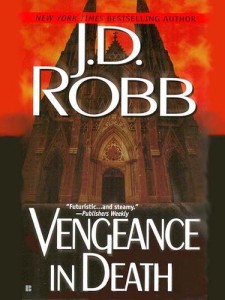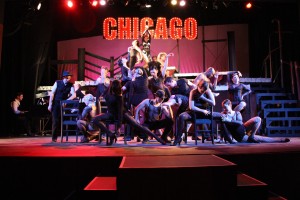For those of you not in the know, “hater” is a term that entered American slang vocabulary in the early 2000’s. According to the top-rated definition on Urban Dictionary, a “hater” is:

You can find "haters gonna hate" memes all over the internet, usually accompanied by a photo of someone strutting cockily.
So how does it relate to romance novels, you ask?
Well, I think it ought to be the new motto of romance authors.
It’s no secret that for many uninformed people, the term “romance novel,” is equivalent to “trashy.” These haters assume inaccurately that romance novels are of lesser quality than other types of fiction, that the writing is poor, the characters shallow, the plot formulaic.
And yet books within the romance genre consistently nab the largest share of the consumer market year after year. So why do they continue to carry the undeserved burden of being considered “lesser fiction?”
In my opinion, as both a voracious reader and author of many types of fiction, this misconception is due largely to the misunderstanding of what a romance novel actually is.
The most widely accepted definition of the genre is the one provided by the Romance Writers of America: Novels that have a central love story and an emotionally-satisfying and optimistic ending.
It’s a simple definition that embraces a wide variety of fictional works. Acclaimed literary novels such as Pride and Prejudice and Jane Eyre and more recent novels like Outlander are all, by this definition, romance novels.
But haters don’t think of Fabio and bodice-ripping covers when they think of Jane Austen, do they? So why would they assume all romances are formulaic, shallow pieces of literary junk? I’ll tell you why:
Haters gonna hate.
Remember, the only requirements for a novel to be considered a romance is that it have a central love story and a happy ending. Every genre has restrictions that allow it to be categorized. Just as a mystery is “a novel in which the reader is challenged to solve a puzzle before the detective explains it at the end,” and science fiction deals with “future settings, futuristic science and technology, space travel, aliens, and paranormal abilities.” It doesn’t make each story within that genre formulaic.
Lumping all romance novels into one, easily-criticizable category is useless and unfair. And judging an entire genre based on your opinion of one book is equally ridiculous. Sort of like calling 2001: A Space Odyssey, Aliens, Star Trek and E.T.: The Extraterrestrial “trashy” because you hated Battlefield Earth.
Sure, romance isn’t for everyone.
There are plenty of genres I have no interest in. For example, I am not a fan of horror. But just because I think Saw III is torture-porn, doesn’t mean I think The Exorcist is too.
There is a portion of the population who (sadly) think that romance is cheesy and that happy endings are unrealistic. These people have my sympathy, and to them I say: Don’t read romance novels.
And to the rest of us, my fellow romance authors and the majority of the general book-buying population, I say:












